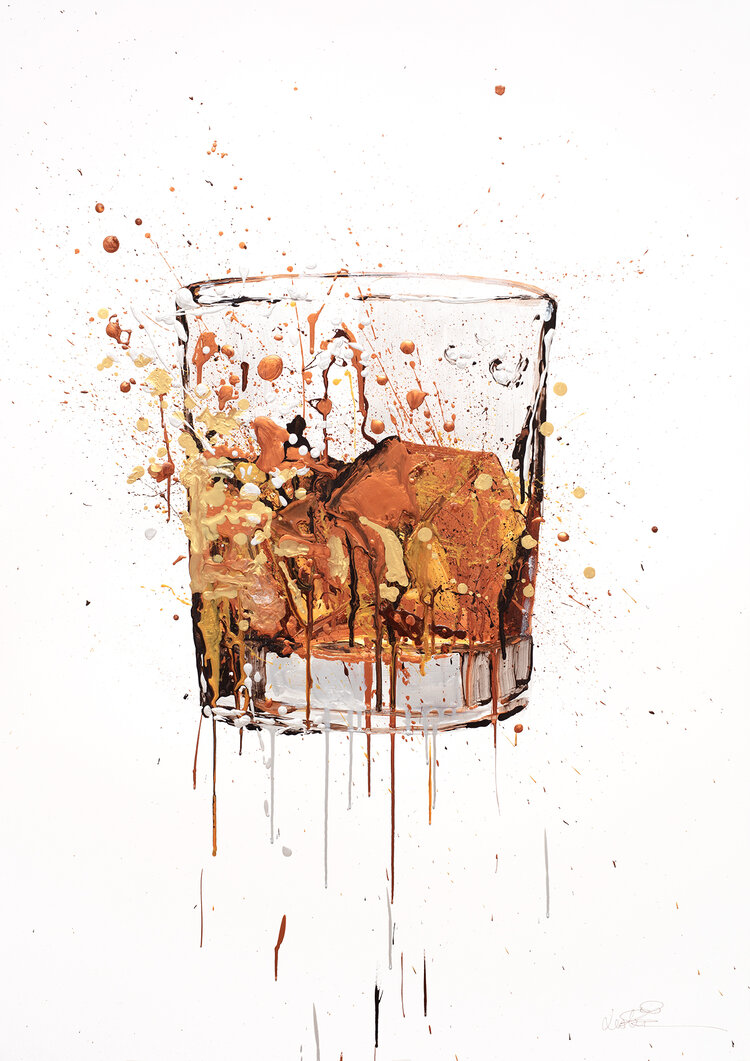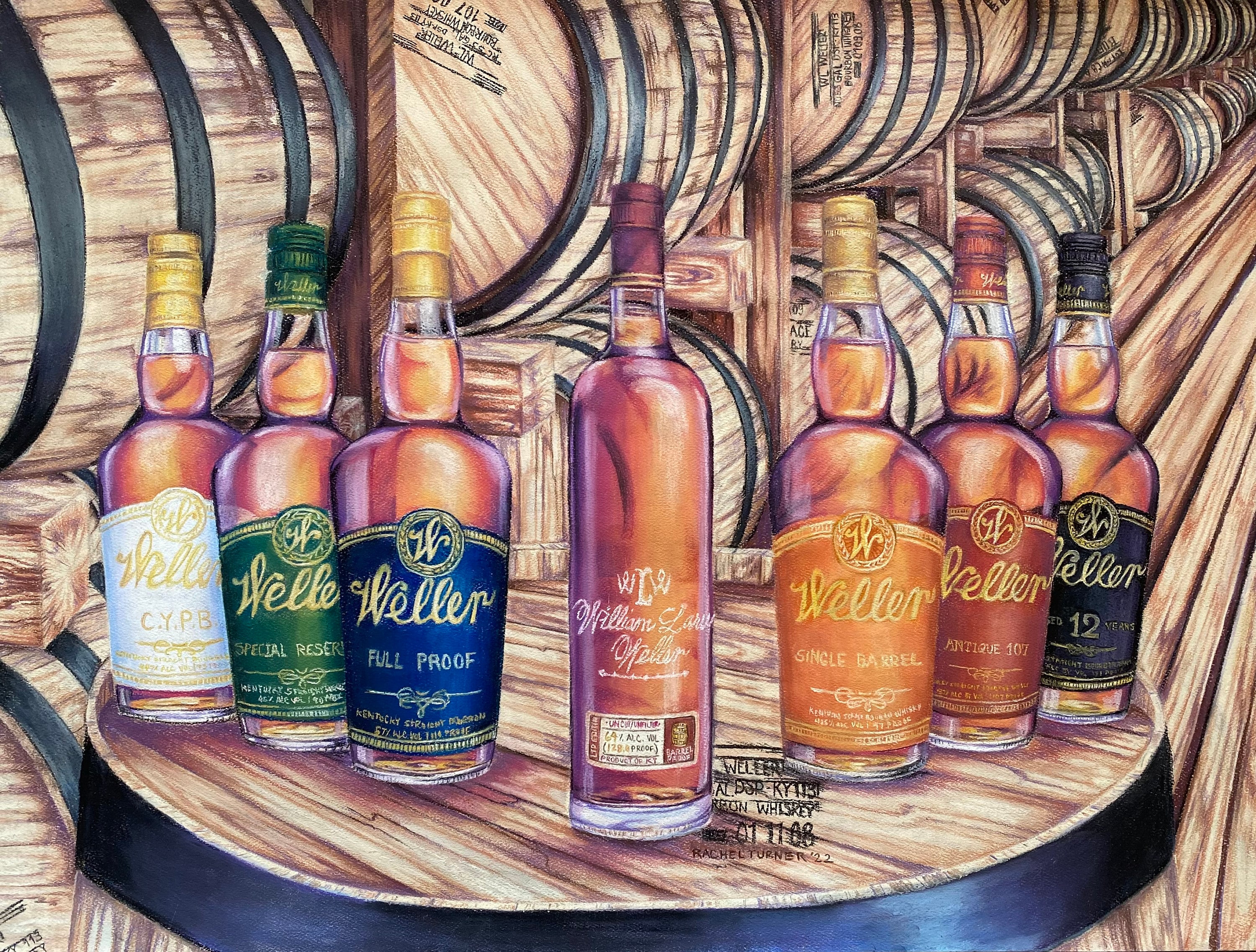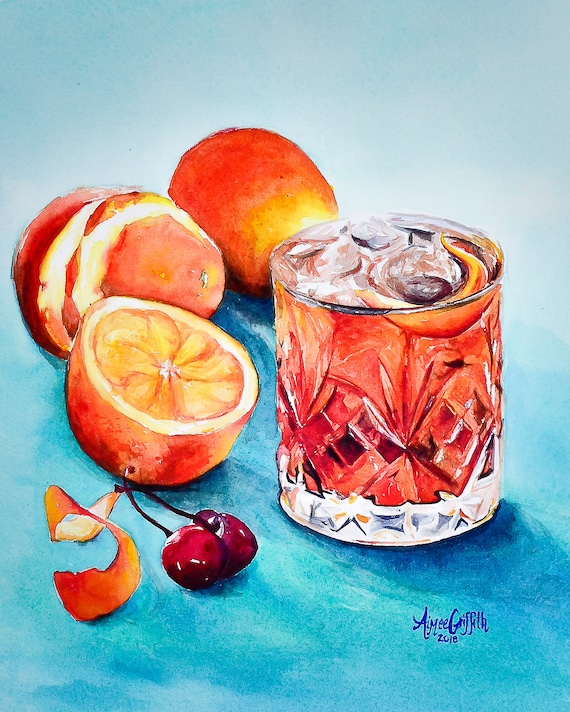The Significance of Whiskey Art in Celebrating Heritage and Workmanship in the Beverage Industry
The complex partnership between bourbon art and the celebration of heritage and craftsmanship within the drink industry can not be overstated. With thoughtfully developed labels and bottles, whiskey brand names envelop their historical roots and the artisanal skills that specify their manufacturing techniques.
The Historic Roots of Whiskey
At the heart of bourbon's attraction exists an abundant tapestry of historic roots that map back to old worlds. The origins of bourbon can be linked to the distillation practices of the Sumerians and Babylonians around 2000 BCE, where early kinds of fermented grain beverages started to emerge. It was in the Center Ages that the art of purification advanced substantially, specifically in Ireland and Scotland, leading to the creation of bourbon as we recognize it today.
The term "scotch" itself stems from the Gaelic word "uisce beatha," meaning "water of life." This phrase highlights the cultural relevance of bourbon in Celtic cultures, where it was usually connected with routines, events, and communal bonding. By the 15th century, distillation came to be a recognized craft within monastic areas, leading the method for the facility of lawful distilleries.
As trade routes expanded, scotch's appeal grew, transcending regional boundaries and catching the passion of aficionados worldwide. Whiskey Art. This historic trip shows not just the craftsmanship behind whiskey production yet additionally its indispensable duty in social and social contexts, marking it as a substantial beverage throughout history
Artistic Expression in Branding
Bourbon branding stands as a compelling intersection of virtuosity and business, where visual identification plays a crucial duty fit customer perception. The appearances of whiskey tags, packaging, and advertising materials mirror not only the brand name's tale but additionally its core worths and heritage. Through imaginative expression, distilleries communicate a narrative that reverberates with customers, stimulating feelings and sparking connections.
Making use of color, typography, and images in branding offers to set apart products in a saturated market. Conventional themes may evoke a feeling of authenticity and workmanship, while contemporary designs can symbolize technology and forward-thinking. This critical artistic direction boosts brand recognition and commitment, allowing consumers to create a personal relationship with the scotch they pick.
Additionally, imaginative expression in branding commonly works as an event of regional heritage. Distilleries regularly integrate local signs or historic recommendations into their designs, producing a local color that welcomes consumers to take part in a broader cultural experience. Eventually, the creativity behind scotch branding not only boosts visual appeal yet also enhances the general story of the brand, fostering a deeper gratitude for the workmanship and heritage ingrained in each bottle.
Craftsmanship in Bottle Design
The creativity obvious in whiskey branding expands beyond aesthetic identification to incorporate the workmanship associated with container layout. Each bottle works as a vessel not just for the spirit within, however also for the story it outlines its beginning, quality, and tradition. The layout procedure needs meticulous focus to information, as elements such as shape, product, and closure contribute considerably to the total understanding of the whiskey.
Workmanship in bottle layout entails picking top notch glass that can boost the bourbon's shade and clarity, while also giving a tactile experience for the customer. The silhouette of the bottle need to be both practical and aesthetically read here enticing, usually reflecting the heritage of the brand name. Numerous distilleries opt for unique shapes or embossed logos that stimulate a sense of authenticity and background.
Additionally, the label layout and typography play a vital role in interacting the brand's story. Realism Art. A well-crafted bottle not only astounds the customer's eye yet additionally reinforces the brand's commitment to quality and practice. This way, the workmanship of container style ends up being an important element of the whiskey experience, combining artistry with a profound regard for heritage
Social Value of Scotch Art
Celebrating custom and workmanship, over here the social value of whiskey art transcends simple appearances, linking with the social and historical stories of the regions where it originates. Each bottle functions as a canvas, portraying the unique tales, mythology, and practices that have actually formed regional whiskey-making methods. The complex layouts frequently mirror the heritage of the distillers, including signs and themes that resonate with the society and worths of their neighborhoods.

Furthermore, bourbon art plays an important role in common celebrations and celebrations, acting as a tangible web link between people and their shared experiences. By appreciating the artistry in bourbon product packaging, consumers cultivate a much deeper understanding and regard for the craft, ultimately improving their satisfaction of the drink itself.
Modern Trends in Bourbon Presentation
In recent times, the presentation of bourbon has actually evolved to mirror contemporary tastes and trends while still recognizing conventional craftsmanship - Limited Edition. Distilleries are increasingly concentrating on visual elements that improve the general alcohol consumption experience, bridging the gap between heritage and modernity
Innovative bottle layouts have emerged, usually integrating sustainable materials and imaginative tags that inform compelling stories. Lots of brand names now team up with regional artists, instilling their items with one-of-a-kind aesthetic expressions that reverberate with consumers. In addition, limited-edition releases are usually packaged in collectible containers, including value and charm for connoisseurs.

Conclusion
Finally, scotch art functions as a crucial conduit for sharing the heritage and craftsmanship fundamental in the beverage industry. With detailed branding, ingenious bottle designs, and culturally significant creative elements, whiskey brands successfully recognize their traditions and get in touch with consumers. This imaginative story not just raises the appreciation of bourbon but additionally enhances area identity and satisfaction amongst manufacturers. Eventually, scotch art plays an important duty in preserving and celebrating the rich cultural tapestry of whiskey-making.


Workmanship in container style includes picking premium glass that can improve the whiskey's color and quality, while also providing a responsive experience for the customer. In this means, the workmanship of bottle layout comes to be a vital element of the bourbon experience, combining virtuosity with a profound regard for heritage.
In verdict, whiskey art offers as an important avenue for revealing the heritage and workmanship intrinsic in the drink sector.